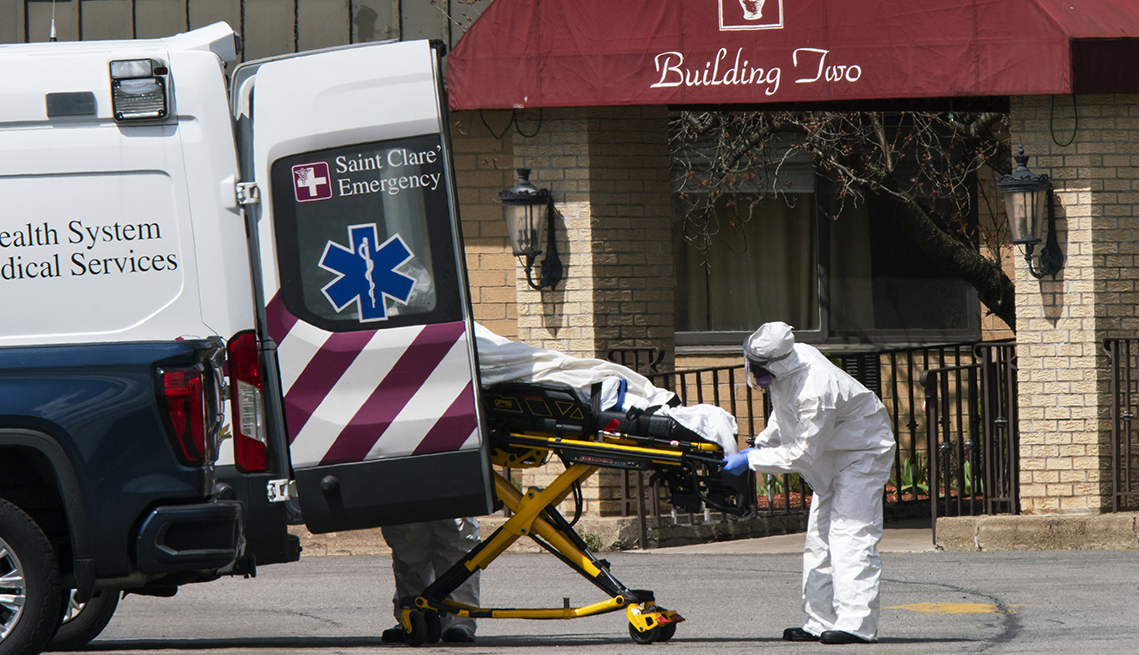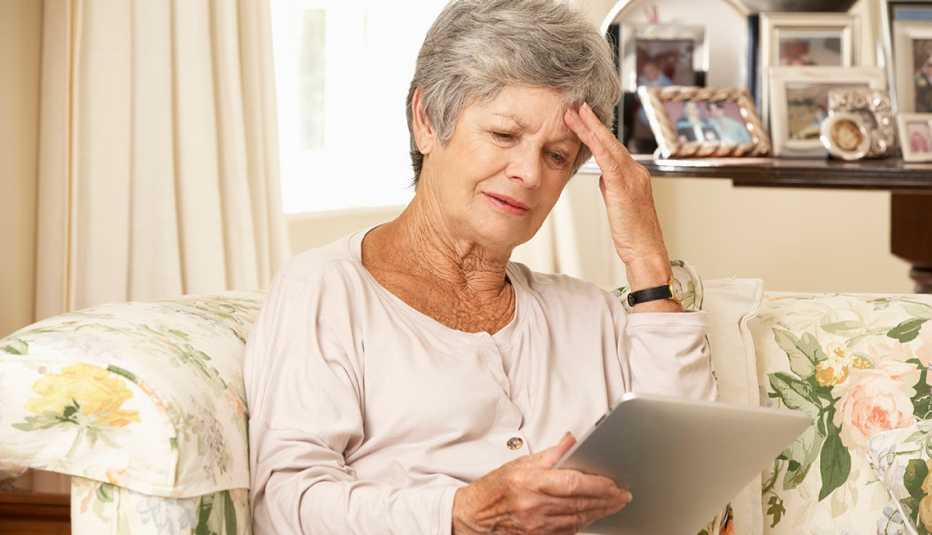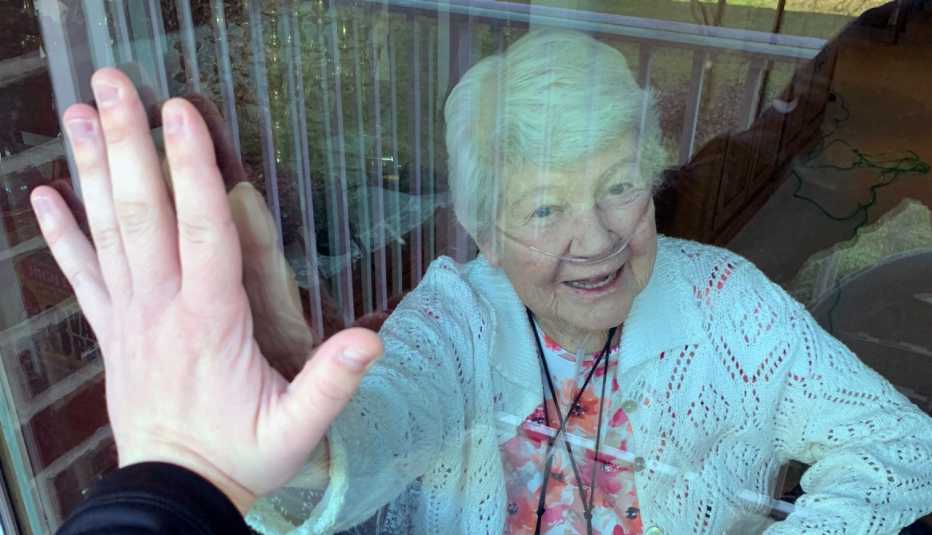Staying Fit
New Jersey Gov. Phil Murphy has ordered the state's attorney general to investigate the high number of COVID-19 deaths in long-term care facilities following a deadly outbreak and grisly scene at one of the state's largest nursing homes.
Police, acting this week on a tip about a body stored in a shed at a nursing home in Andover, in the northern part of the state, found 17 bodies stored in a makeshift morgue.


AARP Membership— $12 for your first year when you sign up for Automatic Renewal
Get instant access to members-only products and hundreds of discounts, a free second membership, and a subscription to AARP the Magazine.
Since late March, 57 residents have died at the Andover Subacute and Rehabilitation Center I and II, according to the Sussex County Division of Health. Twenty-six of the victims had tested positive for COVID-19.
The New Jersey nursing home outbreak is just one dramatic example of a trend of infections and death sweeping through nursing homes across the country.
In New York, 19 nursing homes have reported at least 20 deaths each linked to COVID-19, according to a state report released Friday. A single home in Brooklyn reported 55 deaths. Four other homes in New York City reported more than 40. In Massachusetts, half of all COVID-19 deaths have occurred among nursing home residents.
A New York Times report Friday found at least 6,900 deaths in U.S. nursing homes.
But the full scale of the outbreak at nursing homes across the country remains unknown, said Elaine Ryan, vice president of government affairs for state advocacy at AARP. “There is little transparency on what is going on,” Ryan said. “It is an outrage."



































































